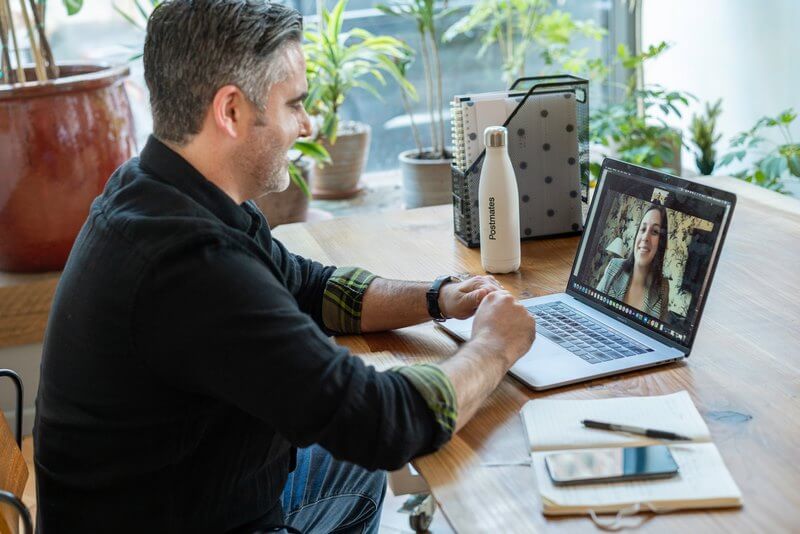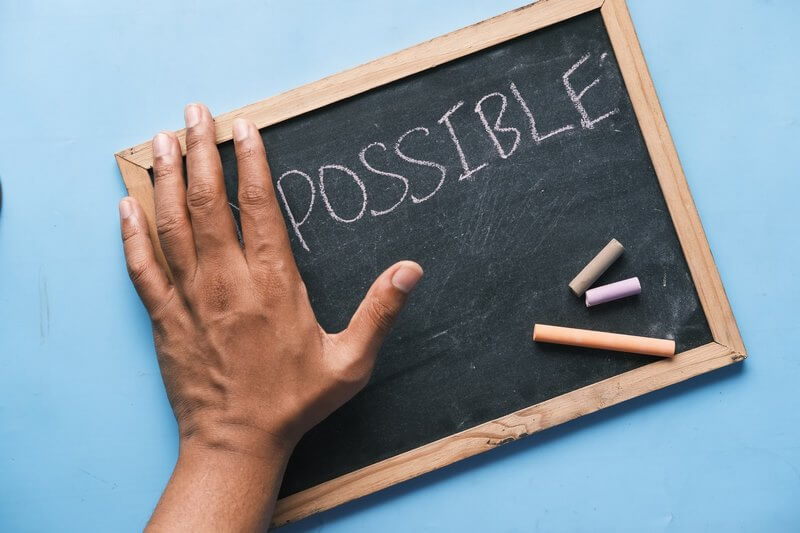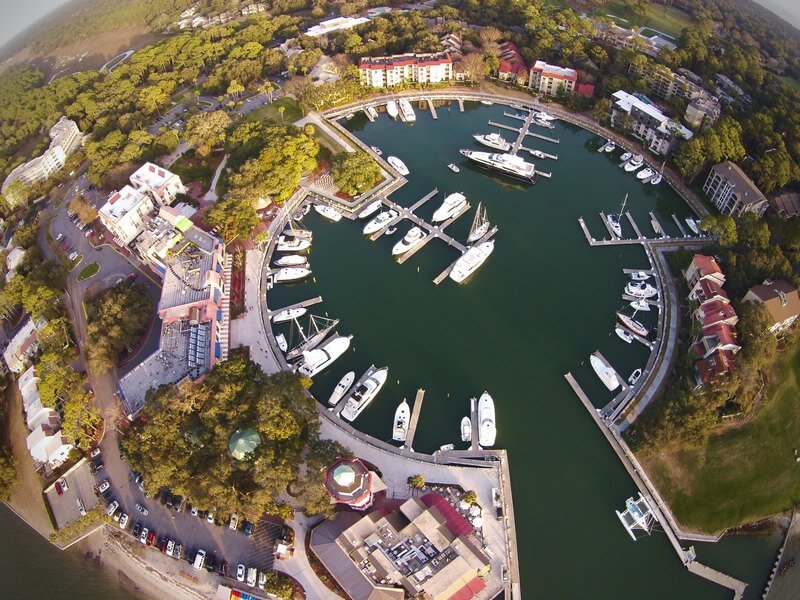
Future BCM and Resilience techniques may change
Many of us were road warriors before the pandemic, and I want to share my recent lessons learned from the road. Before COVID-19, I often traveled to conduct crisis exercises and business impact analyses. My work took me outside the country and across the nation. Meeting people on-site to understand their needs and concerns was always rewarding.
Over the past few months, I had the fortune to travel again for business (conference) and vacation. Like you, I am keeping my eye on the reported staffing issues in the travel and transportation industry. I am also watching the rising cost of just about everything, driven by rising fuel costs. Aligned with the change in where many business people work daily, it got me thinking about the future of our work.

Americans are on the go but also staying home
People are keen to get out of their houses. US citizens are on the move, whether for vacation or work. Destination Analysis, a travel and tourism blog, states that 86 percent of American travelers expect to travel in the next 12 months, and the typical traveler expects to take three leisure trips in this period. This is staggering when juxtaposed with continued COVID restrictions across the country. However, the CDC announced that as of June 12th, US travelers returning from a foreign destination do not need proof of testing or recovery.
Many Americans are optimistic about how the Covid situation will progress in the next month (32.3%). Yet, a growing proportion now feels it will worsen (up to 25.3% from 21.5% last month). With many employees continuing to work from home, this may impact business continuity work in the months ahead. Even though our field is hotter than ever, we may need to be creative about how we do our job and flexible to companies’ expectations. Whether your model is structured for questionnaires, workshops, interviews, or a combination, you should consider customer preferences.

Work from home and Zoom Meetings
From what I am hearing from colleagues, some businesses are back in-office with minimal restrictions, and others continue to be cautious. With this in mind, you might already have shifted your practices to maximize value. However, if it hasn’t been on your radar, now is the time to assess program effectiveness fully. It is time to ask yourself if you can continue the work with the same process as before the pandemic. Or, will you shift to align with how your organization’s future of work is evolving?
For me, I was already conducting virtual BIA sessions long before COVID hit. Although not ideal, I could still build rapport with subject matter experts and management. Now, I am considering hybrid options that include workshops, questionnaires, and in-person review sessions. Whether conducting BCM via Zoom meeting or otherwise, I always get customer input regarding what will work best for them. And that is the key for resilience professionals. We act in a consulting role and must ensure our practices work for our customers.

Roll with (or dodge) the challenges
So, as we move forward with BCM and many consider resilience programming, it is essential to keep the pulse of our customers. A rigid mindset is the biggest downfall to a successful program and the inability to adjust to organizational changes. To remain relevant, we have to consider customer needs while providing the level of expertise they’ve come to expect.
Many of us are forging new alliances with risk management, security, safety, and technology partners in ways not experienced pre-pandemic. However, BCM could become engulfed by these disciplines but instead is better transformed. As I discussed in Resilience Program Pillars, we have a rare opportunity to collaborate and exhibit value in a way not open to us previously. As many challenges that COVID presented, it enabled us to see new pathways to success and proved our usefulness to our business partners.

The path ahead
The lesson I learned from the road was that I need increased agility in the time ahead. If customers want to meet face-to-face, I must be ready for that, with safety first. Next, I realize that virtual meets are here to stay. Virtual exercising is going well and empowers greater participation. Flexibility in risk and business impact assessment methodologies is also serving me well. The bottom line is that we should be prepared to meet the customer where they are and be agile enough to provide value through multiple channels.
The travel industry is unlikely to recover fully until 2023, so for those venturing out, be prepared to experience frequent delays and increased costs. Along with that, one of my lessons learned from the road is to plan for redundancies and back-ups. We have the ability with our customers and stakeholders to set expectations. If they are being unreasonable, we can use our highly developed customer service skills to steer them to the end goal with tact and humility. In my experience, they thank you for the transparency and willingness to meet them halfway.
So, I want to hear from you. What are you experiencing, and how has your work changed? Let me know in the comments below.
